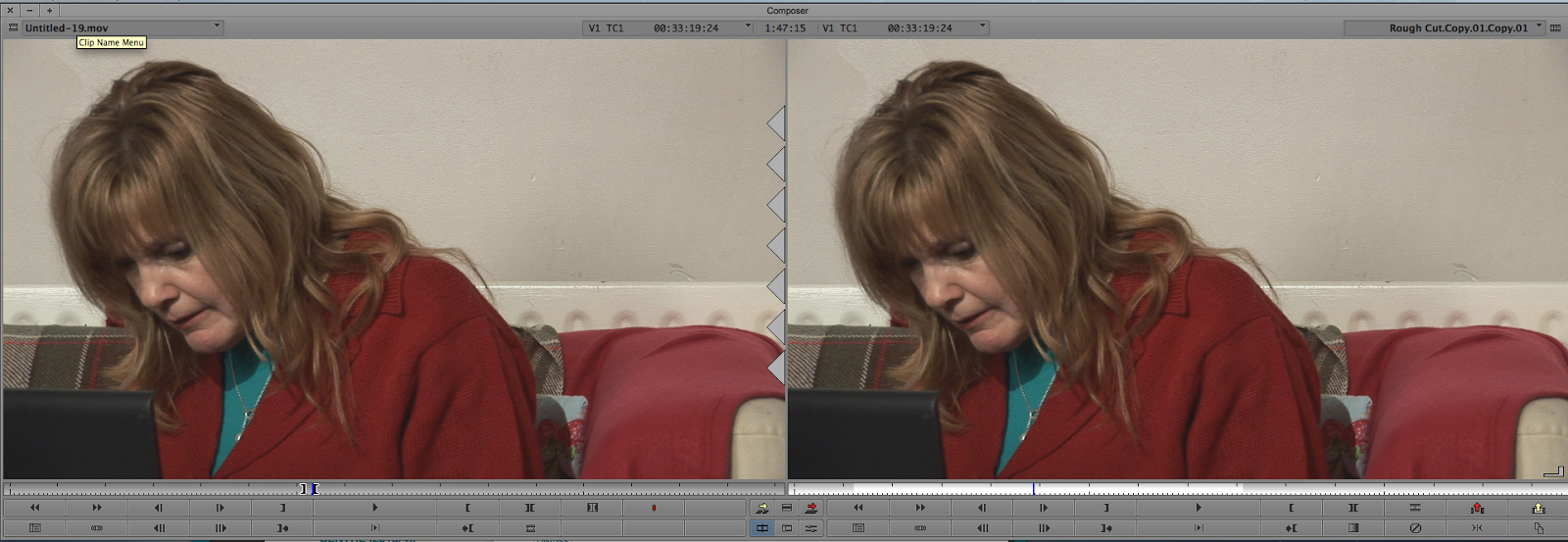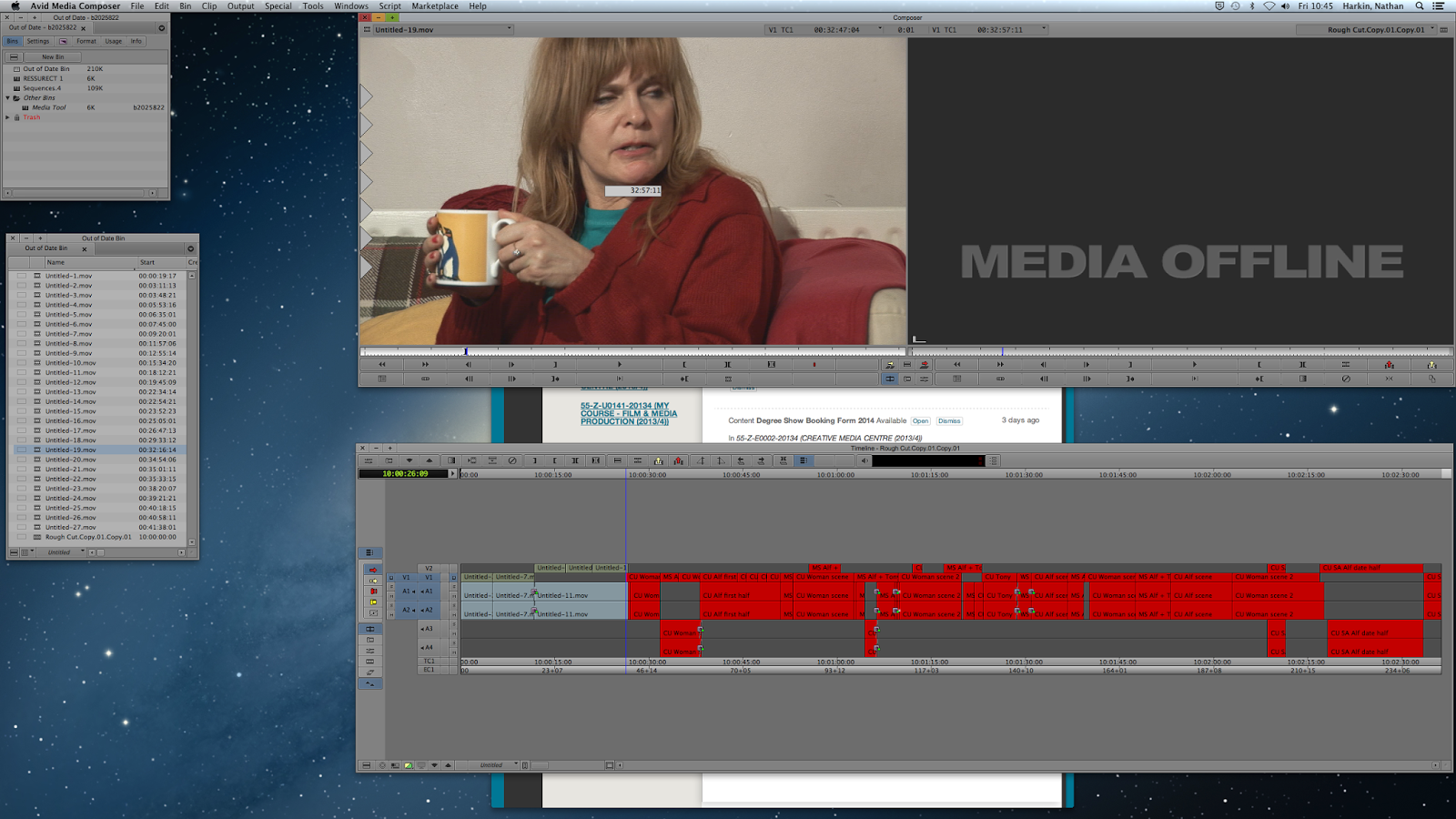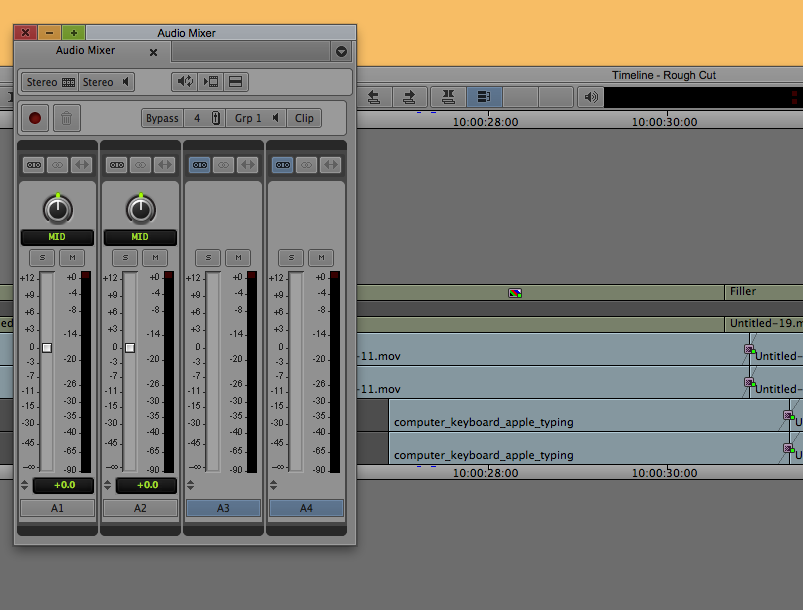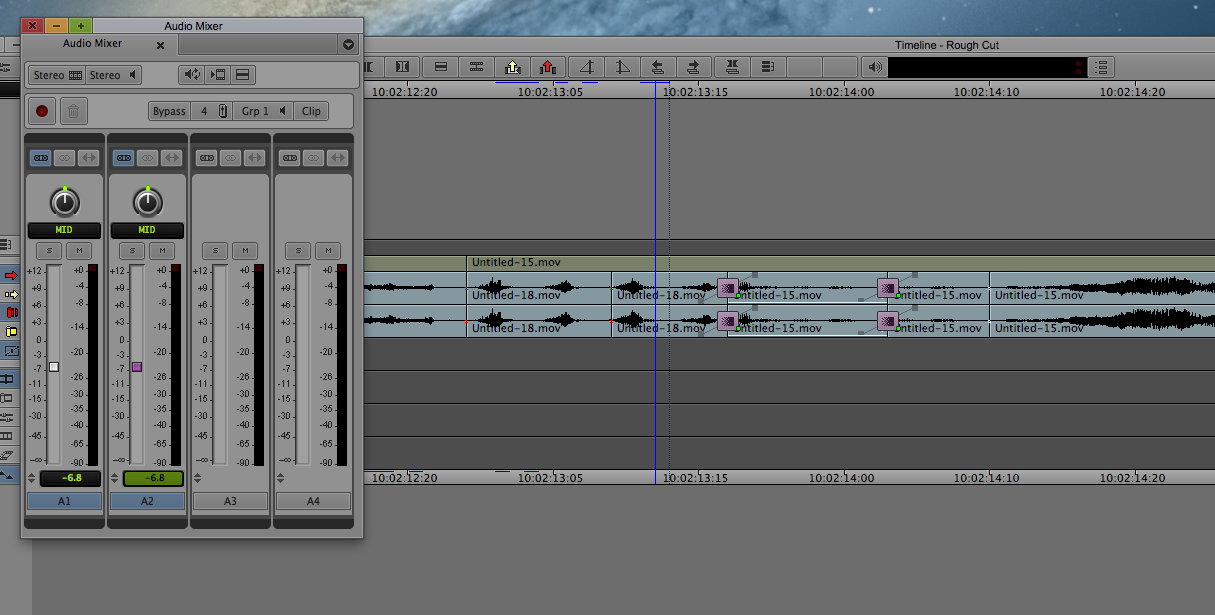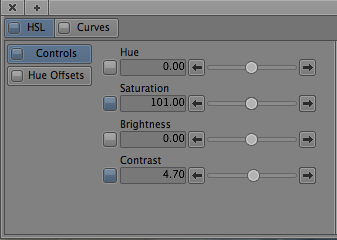The scene I have chosen to analyse in Martin Scorsese's '
The Wolf of Wall Street' (2013), is around 1 hour and 58 minutes into the film where the main character, Jordan, has just taken a large amount of drugs (Quaaludes) and is attempting to rush home to get his work colleague, Donnie, off the phone as he has just been informed that the FBI are tapping it.
The whole of this scene is centred around the performance that Leonardo DiCaprio, Jordan, gives showing the effect and impact of these drugs. The reason I have chosen to analyse this scene is because it uses a variety of different techniques effectively to tell the story as well as keeping the audience entertained and engaged with it.
Firstly, we see the effect the ludes start to take on Jordan as he is on the phone which uses a mixture of static mid shots, extreme close ups, GoPro style mounted shots as well as dolly zooms. All these camera angles would normally be considered over the top and unnecessary, but here they are cut in with one another as a visual way of showing what effect the drugs are having and the confusion it is causing Jordan.
 |
| Extreme close up to make the audience feel as though they are in his head experiencing it with him. |
 |
| Body mounted shot used for the same reason as the XCU. |
 |
| Dolly zoom used to mimic effect of drugs. |
All of these camera movements are accompanied by a voice over of Jordan explaining what is happening to him and what he feels like so the audience can still understand what's actually going on. Its also used because Jordan can no longer talk due to the Ludes, and instead we get a internal running monologue from him so the narrative can keep progressing. This technique could be seen as a lazy story telling device as the audience is basically being spoon-fed the narrative by the use of the voice over, however, as this scene is so centred on the performance of DiCaprio, it makes it more comical that we are being told what is going on in his head and him struggling to do anything about it.
The next section of the scene is when Jordan is attempting to get in his car and him arriving at his house which starts off with a series of wide shots after a close up of his face.
 |
| Close up to establish eyeline and reaction. |
 |
| Wide to establish location and show distance for comical effect. |
 |
| 1st person POV shot to empathise with Jordan and get into his perspective. |
This sequence is mainly built up of wide's for comic effect to show the distance between Jordan and his car (where he wants to be). It is really well cut from showing these wide's and mixing them with cut backs to his reaction and performance as a whole. It contains a long take within the sequence which is once again used for comic effect to see the extent in which the Ludes have effected Jordan through the physical performance DiCaprio gives.
Finally, when Jordan actually gets in his car and drives home, there as a lot of different cuts to other characters who are relevant to the scene. Scorsese uses this technique of limiting the voice over to just Jordan and his internal monologue a great deal within the film and then cuts to the other people that are relevant in the scene, to allow the audience to establish who is speaking. This is done mainly when people are speaking with one another on the phone like in the previous scene.
 |
| Cutting between characters and locations. |
 |
| Cutting back to action to establish internal monologue as the voiceover. |
Another reason why I believe this is used within this scene specifically is to distort the perception of time, as well as not allowing the audience to really see what is going on in the main interest in the scene, Jordan driving his car, to save it for a reveal later on for a bigger pay off.
This film is relevant to both the comedy edit brief and the previous project of Night Journey. The focus on the performance over anything else is what I will be attempting to do in the Out of Date edit as it is the most important aspect of any comedy film. The use of voice over in this film is relevant to the Night Journey brief, as it has taught me that you need to establish who's voice over it is and why it is being used.
